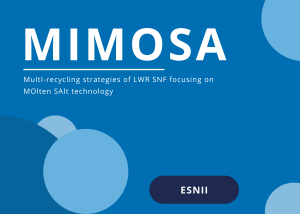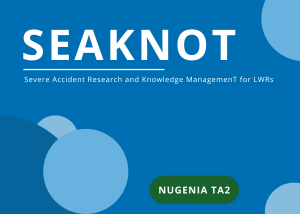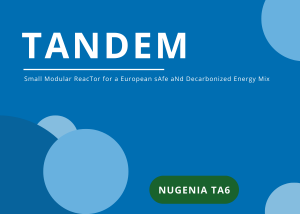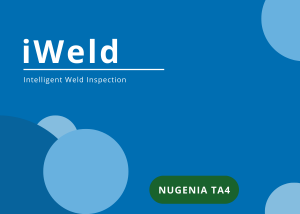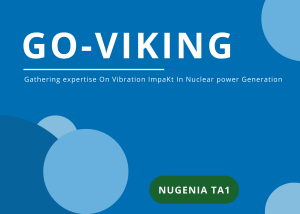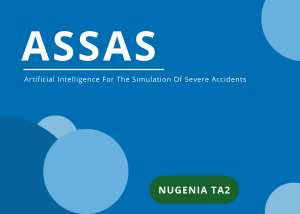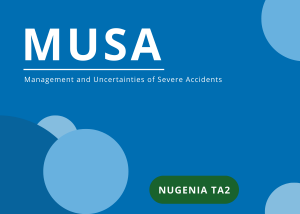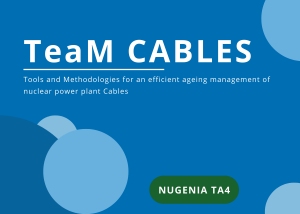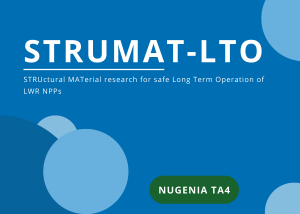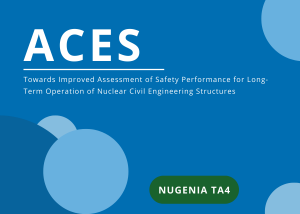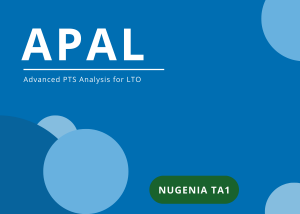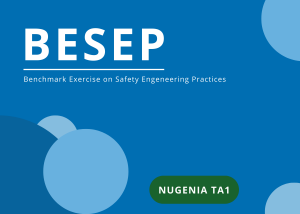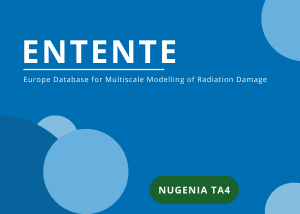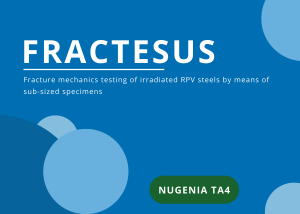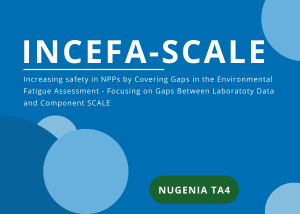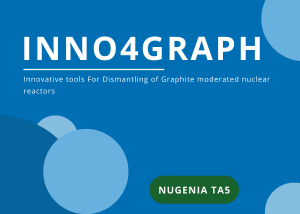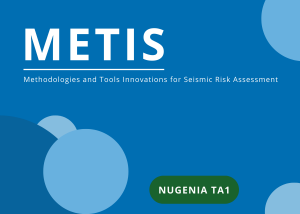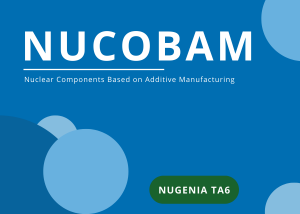Project Portfolio
On this page, you will find all SNETP-labelled Euratom projects that are part of our portfolio. Below, you can browse through the ongoing projects and consult their factsheets, which explain the projects’ objectives, partners, duration, etc. In the archive section, you can also find past projects that have already been successfully concluded.
If you want to learn more about the SNETP label and, more importantly, about the different projects, please join our SNETP Webinar Series and discover more on our partners and other initiatives. The next webinar will take place in January 2026 and will spotlight ASNR. More information soon.
Take advantage of the SNETP Community, and have your project labelled now.
Search within our projects by using the filters below. To access finished projects please click here.
The global objective of MIMOSA is to develop an accessible, cost/risk optimised multi-recycling strategy of LWR spent fuels in the EU, based primarily on multi-recycling of Pu (and Reprocessed U) in LWRs combined with the Cl MSR, using already available infrastructure in the EU.
The global objective of SEAKNOT is to Manage, exploit and assess knowledge in the Severe Accident (SA) field.
The global objective of TANDEM is to address SMR safety issues related to the light-water SMR integration.
The global objective of the iWeld project is to transform the practice of ultrasonic inspection of thick welds across several industry sectors, building upon recent advances in the nuclear energy context and the versatility of artificial intelligence.
The overall objective of GO-VIKING is to increase the expertise and improve the tools and skills of the European nuclear stakeholders for the analysis of complex FIV phenomena.
The main objective of ASSAS is to develop a proof-of-concept for a basic-principles severe accident simulator, that will feature a generic western-type PWR.
The overall objective of the Management and Uncertainties of Severe Accident (MUSA) project is to assess the capability of SA codes when modelling reactor and SFP (Spent Fuel Pool) accident scenarios of Gen II and III.
The ELSMOR project aims to enhance the European capability to assess and develop the innovative SMR concepts and their novel safety features.
TeaM Cables aims at providing NPP operators with a novel methodology for efficient and reliable NPP cable ageing management.
STRUMAT-LTO addresses remaining gaps and open issues in RPV embrittlement to support safe long-term operation of LWR NPPs, including the scenario of LTO > 60 years.
The outcome of ACES will support the long-term operation of nuclear power plants, by using more realistic approaches for the integrity assessment of reinforced concrete SCC’s and provide evidence by large scale tests.
One of the most limiting safety assessments for long term operation (LTO) of nuclear power plants (NPP) is the reactor pressure vessel (RPV) integrity assessment for pressurized thermal shock (PTS). The goal of APAL is to demonstrate the safety margin against fast fracture initiation or RPV failure.
The overall objective of BESEP is to support safety margins determination by developing best practices for safety requirements verification against external hazards, using efficient and integrated set of Safety Engineering practices and probabilistic safety assessment.
The overarching objective of the European Database for Multiscale Modelling of Radiation Damage (ENTENTE) project is to capitalise on past projects and expert groups beyond national borders.
The goal of this project is to join European and international efforts to establish the foundation of small specimen fracture toughness validation and demonstration to achieve change in code and standards allowing to address the various national regulatory authority concerns.
The objective is to continue work, advancing ability to predict lifetimes of Nuclear Plant components when subjected to Environmental Assisted Fatigue loading.
INNO4GRAPH aims to develop a set of physical and digital tools and methods to be used in two different phases of European graphite reactor dismantling projects.
METIS addresses the 3 ingredients of seismic safety assessment in an overall approach: seismic hazard; structural and equipment fragility analyses; integration in the full PSA framework to determine plant failure probabilities and comparison to pertinent safety criteria.
NUCOBAM will develop the qualification process and provide the evaluation of the in-service behaviour allowing the use of additively manufactured (AM) components in a nuclear installation.
ORIENT-NM seeks to explore the possibility and critically assess the added value of establishing a Co-Funded European Partnership (CEP) to support the development of a coordinated pan-European research and innovation programme on nuclear materials, positively impacting Europe’s competitiveness in the nuclear field at world scale.

